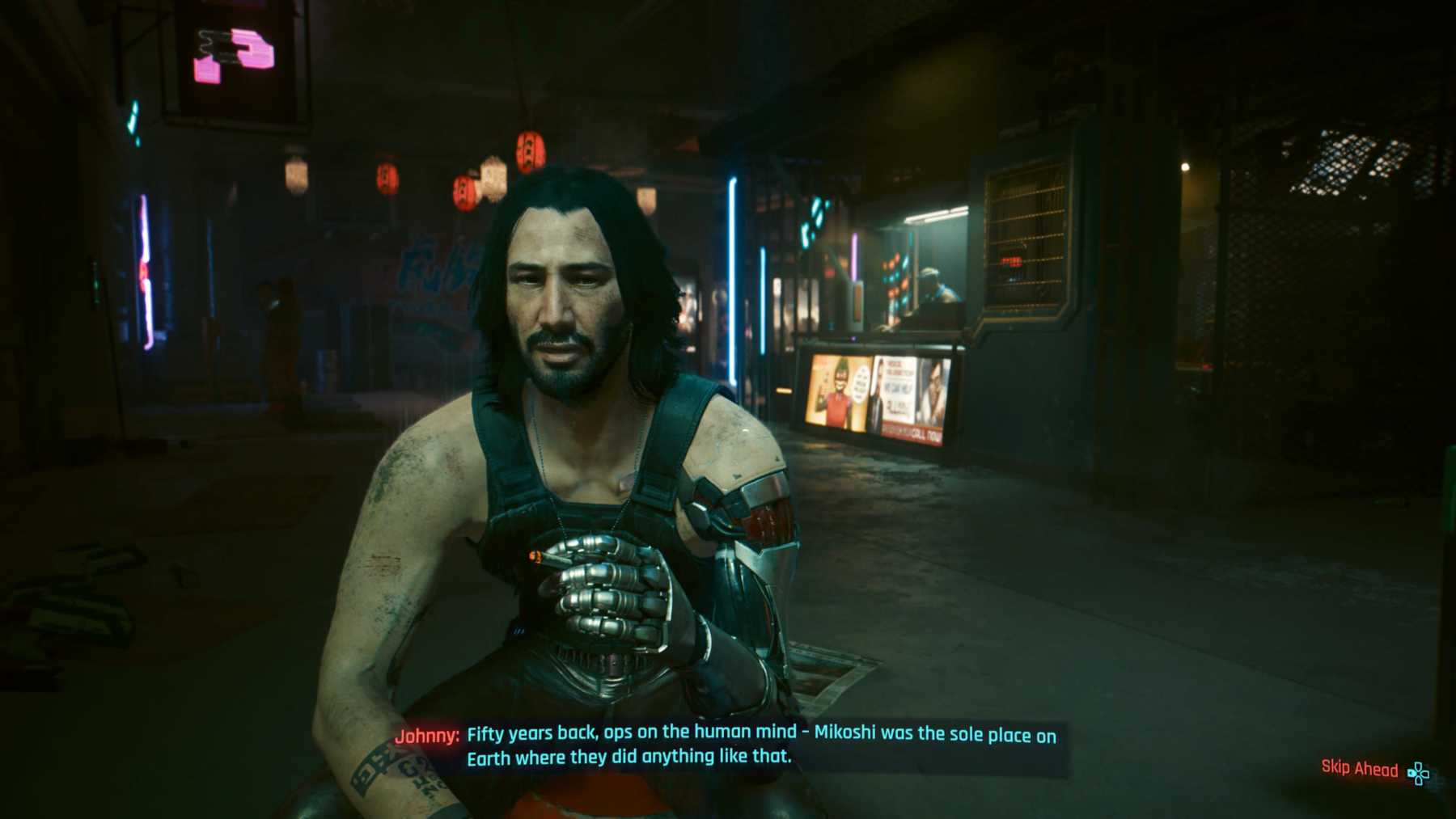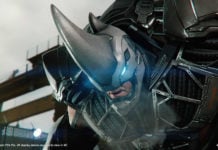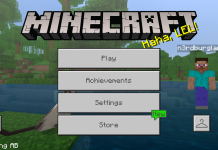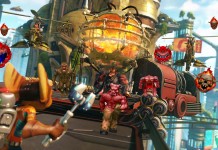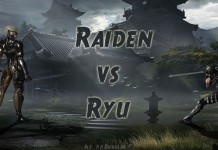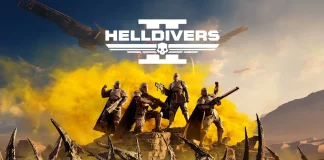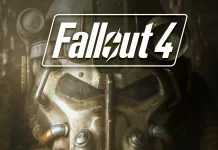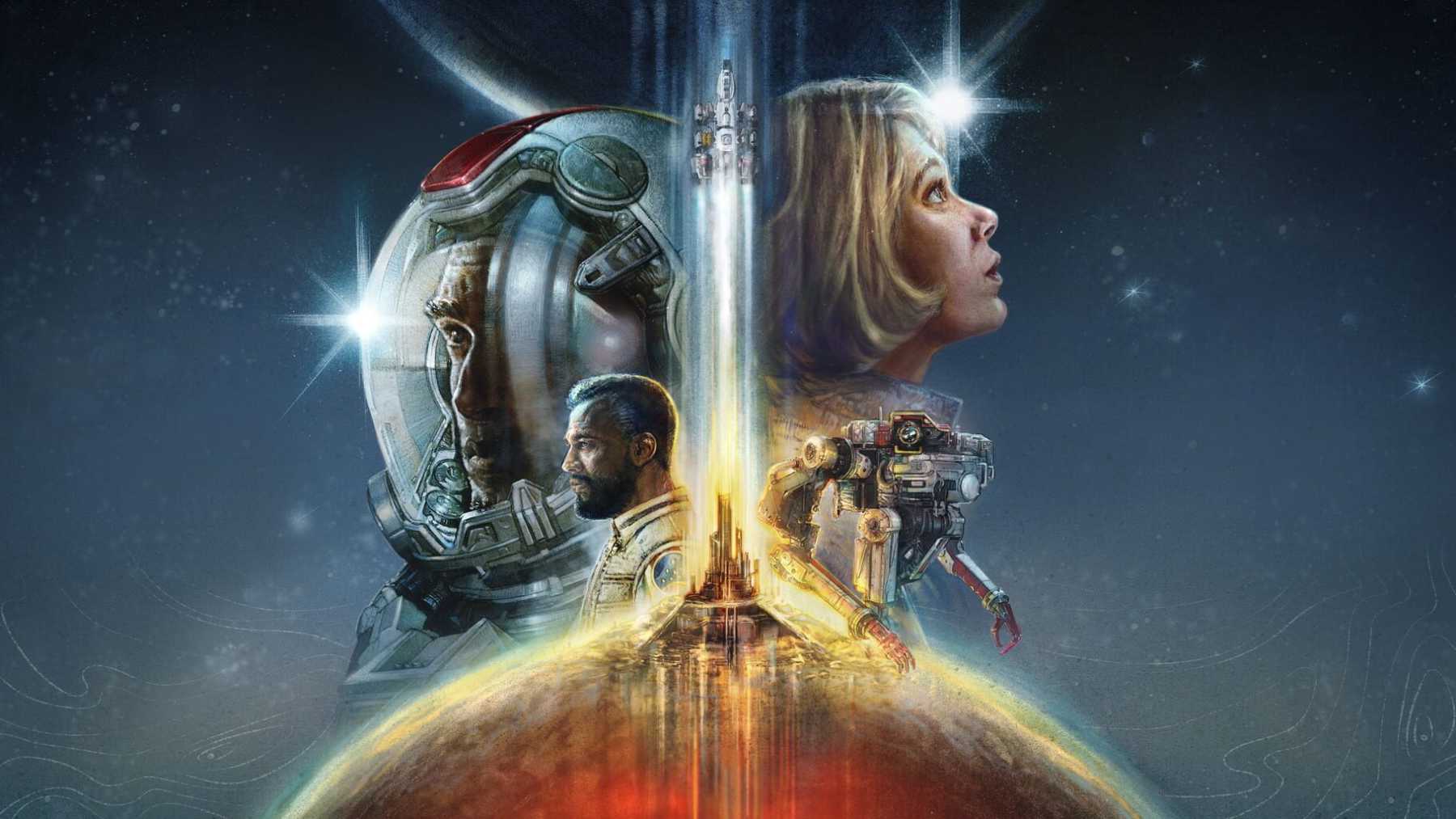
Just a few month ago, Bethesda released its latest game, Starfield. The buzz was pretty crazy as gamers worldwide anticipated a novel and immersive experience for Bethesda’s biggest RPG yet. Unfortunately, for many, this promise was not delivered in full. While the game bears traces of brilliance in some ways, the consensus shows that it falls short of expectations. Its many flaws seem to be linked to the game’s rather dated engine, capable of empowering the development team to construct intricate quests, yet failing to hold up when it comes to visual fidelity and gameplay.
In sharp contrast stands another recent experience that I had the chance to indulge in – the Cyberpunk 2077 Phantom Liberty DLC. The major difference in quality between these two titles in the Sci-Fi RPG genre is immense and really gives Starfield no excuse for its flaws.
There is a widely prevalent argument that the flaws present in Bethesda RPGs, including the likes of Fallout, and now Starfield, can be excused because they possess an unmatched ability to create detailed worlds and innovative quests. This claim, however, seems to break down when we pit Starfield against the might of Cyberpunk 2077.
Launched amidst a storm of controversy and scepticism, Cyberpunk’s journey has indeed been plagued by a rocky start. Yet, over time, it has managed to turn the tables on its initial reception, evolving into a shining benchmark of how RPGs should operate. From its sharp, first-person gun gameplay to the finely-tuned attention to detail, each comparison seemingly shaves off a star from Starfield. The controls that were boasted to provide huge power fall flat in practice, feeling pitifully dated and characteristically clunky against Cyberpunk’s fluid and well-designed game mechanics.
Cyberpunk 2077 truly epitomizes the image of a well-oiled, masterfully polished machine, encased in an artfully designed exterior. In parallel, Starfield, with its rough edges and blemished gameplay, unfortunately, projects an image of clunkiness that can’t quite shed its skin of mediocrity.
Those easy justifications that we have grown accustomed to using to condone bugs and issues in Bethesda’s games seem to be losing their grip. The argument that grand worlds and layered quests necessitate a certain level of bugs and unpolished aspects appears to be crumbling under the weight of Cyberpunk’s accomplishment. After all, this game does everything Bethesda’s games have aimed to do (and more), yet somehow manages to deliver it with a degree of polish largely unseen in Bethesda’s productions.
While both Starfield and Cyberpunk 2077 aimed for the stars, it’s clear that only the latter managed to reach its destination. The Cyberpunk 2077 Phantom Liberty DLC showcases the impressive heights that Cyberpunk has reached, creating a high standard for RPG games moving forward. Meanwhile, Starfield serves as a lesson for developers everywhere on the price of maintaining outdated gaming engines and the importance of evolving with the times.
Despite these verdicts, we remain hopeful that Bethesda learns from their latest endeavor and rises, like a phoenix, replete with lessons learned from Starfield, and bearing a game more in tune with the demands of the modern gaming world. After all, the potential is there, they just need to reach out and grab it.

